Beer has always been more than just a drink—it’s a tradition, a symbol of camaraderie, and for many, a taste of nostalgia. Some brands have stood the test of time, but others have faded away, leaving behind only memories for those who loved them. Whether they were regional favorites, budget-friendly staples, or craft brews ahead of their time, these discontinued beers once had a loyal following. Here’s a look back at 20 beers that are no longer on store shelves but still live on in the hearts of beer enthusiasts.
1. Falstaff Beer
Once a powerhouse in American brewing, Falstaff Beer was a staple in households across the country, especially during the mid-20th century. Known for its easy-drinking quality and affordability, it was the go-to beer for blue-collar workers and baseball fans alike. However, as the beer industry consolidated, Falstaff lost ground to bigger brands like Budweiser and Miller.
Ownership changes, declining sales, and shifting consumer preferences led to its gradual disappearance. Production officially ceased in 2005, leaving behind only nostalgic memories for those who remember cracking open a cold Falstaff at family gatherings, barbecues, and after long days of work.
2. Keystone Ice
Keystone Ice was a staple for bargain beer drinkers looking for a little extra kick. As part of the Keystone lineup, this high-ABV brew was a popular choice among college students and those who wanted the most bang for their buck. However, in 2021, Molson Coors made the decision to discontinue several of its economy brands, including Keystone Ice.
While Keystone Light remains on store shelves, fans of the stronger, heavier Ice version were left searching for alternatives. For those who appreciated its affordability and high alcohol content, Keystone Ice’s disappearance marked the end of an era.
3. Olympia Beer
“It’s the Water” was the famous slogan of Olympia Beer, and for decades, this smooth and refreshing lager was a Pacific Northwest favorite. Brewed in Tumwater, Washington, Olympia was cherished for its crisp taste and strong regional identity. However, like many regional breweries, it struggled to compete with national giants.
As craft beer surged in popularity and big beer companies consolidated, Olympia faded from the shelves. In 2021, Pabst Brewing Company officially announced that production was ceasing indefinitely. While it may never return, Olympia remains an icon of old-school American brewing and a symbol of Washington state pride.
4. Red White & Blue Lager
A true budget beer, Red, White & Blue was known for being cheap, simple, and widely available. It was a go-to option for college students and bargain beer hunters. Originally produced by Pabst, it had a long history but gradually lost relevance as the market shifted toward craft beers and premium light lagers. By the early 2000s, it had disappeared from store shelves. While not the most refined beer, it had a loyal following who appreciated its no-frills approach to drinking. Today, it remains a nostalgic memory for those who miss its ultra-affordable, patriotic charm.
5. Miller High Life Light
Miller High Life is still a beloved classic, but its lighter counterpart, Miller High Life Light, never quite took off in the same way. Introduced in 1994, it was meant to provide the same “Champagne of Beers” experience with fewer calories. However, it failed to capture a significant following and was eventually discontinued in 2021. While it had a niche audience, most drinkers opted for the original High Life or Miller Lite instead. Now, it lives on in beer nostalgia, remembered by those who enjoyed its smooth taste but lament its quiet exit from the beer aisle.
6. Schlitz
Once one of the most popular beers in America, Schlitz was a dominant force in brewing during the early 1900s. However, a disastrous formula change in the 1970s caused a sharp decline in quality, alienating longtime fans. The brand never fully recovered, and while attempts were made to bring back the original recipe, it couldn’t regain its former glory. Schlitz faded from shelves, becoming a cautionary tale of how a single corporate decision can sink an empire. Though some specialty brews still exist, the mainstream Schlitz beer that made Milwaukee famous is now just a memory.
7. Ballantine IPA
Before IPAs dominated craft beer menus, Ballantine IPA was one of America’s original hop-forward beers. First brewed in the 1800s, it had a complex, rich flavor profile that was ahead of its time. However, as lighter lagers took over, Ballantine IPA lost its audience and was eventually discontinued.
In 2014, Pabst attempted a revival, hoping to capitalize on the IPA craze, but it failed to gain traction among modern craft beer fans. Now, it remains a lost legend of American brewing, fondly remembered by those who appreciate a time when IPAs were a rarity rather than the norm.
8. National Bohemian Crab Shack Shandy
National Bohemian, affectionately known as “Natty Boh,” is a Maryland classic, but not all of its experiments were successful. Crab Shack Shandy was introduced as a summer seasonal brew, designed to complement seafood with a citrusy, slightly salty profile. While it had a niche audience, it never gained mass appeal and was eventually discontinued. Fans of the shandy still argue that it was the perfect pairing for Maryland crabs, but unfortunately, it never returned. Today, it remains one of the more interesting footnotes in Natty Boh’s history, fondly remembered by those who got to try it.
9. Hamm’s Special Light
Hamm’s is still around as a budget-friendly classic, but its lighter version, Hamm’s Special Light, didn’t fare as well. This beer was Hamm’s answer to the light beer craze, but it never gained the same popularity as Bud Light or Miller Lite.
Despite its crisp taste and loyal fan base, it was quietly phased out. Those who enjoyed it still argue that it was a better-tasting light beer than many of its competitors. Today, only the original Hamm’s remains, leaving Special Light drinkers to reminisce about the smooth, refreshing brew they once enjoyed.
10. Magnum
Magnum was one of Miller Brewing Company’s attempts at breaking into the malt liquor market. Launched in the 1980s, it was a high-alcohol, budget-friendly brew that gained a dedicated following. It had a reputation for being stronger than the average beer while remaining smooth and easy to drink. However, as tastes shifted and the demand for malt liquor declined, Magnum struggled to compete against brands like Colt 45 and Mickey’s. Miller eventually discontinued it, and though it may not have been the most refined beer, many fans still miss its bold, no-frills appeal.
11. Meister Brau
Meister Brau was an early light beer that paved the way for brands like Miller Lite. Originally brewed in Chicago, it was known for its affordability and smooth drinkability. In the 1970s, Miller acquired the brand and used its formula to develop the highly successful Miller Lite. Meister Brau lingered on for a while, but as Miller focused on its flagship beers, it was gradually phased out. Today, it’s mostly remembered by those who drank it in its heyday or by beer historians who recognize its crucial role in the development of the American light beer category.
12. Pretty Things Jack D’Or
Pretty Things was a small but beloved brewery in Boston that gained a cult following for its unique and experimental beers. Jack D’Or, a rustic, tart, lemony beer, was its flagship creation and one that many craft beer lovers still miss today. Unlike mass-produced beers, Pretty Things prided itself on brewing small, high-quality batches.
However, in 2015, the brewery shut down, and Jack D’Or disappeared with it. Fans of the beer still mourn its loss, reminiscing about its bold flavors and the independent spirit of Pretty Things. It remains one of the most-missed beers of the craft beer boom.
13. Hudepohl 14-K
A Cincinnati classic, Hudepohl 14-K was a golden-colored beer that had a dedicated following in the Midwest. Known for its crisp, slightly sweet taste, it was a step above many mainstream lagers. However, like many regional beers, it struggled to compete against national brands and was eventually discontinued as the brewing industry consolidated.
While the Hudepohl name still exists, 14-K is no longer part of its lineup. Locals who remember it still talk about its smooth finish and wish it would make a comeback, but for now, it remains a fond memory of Ohio’s brewing past.
14. National Premium
National Premium was once the classier sibling to National Bohemian, known for its smooth taste and stylish branding. Originally brewed in Baltimore, it was a local favorite with a dedicated fan base. When the brewing company changed hands multiple times, National Premium was discontinued.
It was briefly revived in 2012, but it never regained its former popularity and quietly faded away again. For Maryland beer lovers, National Premium remains a piece of local brewing history, fondly remembered by those who enjoyed its crisp, balanced flavor alongside a plate of steamed crabs.
15. Blatz Beer
Blatz was once a dominant name in Milwaukee brewing, rivaling brands like Pabst and Schlitz. It had a strong following, particularly in the Midwest, where its full-bodied lager was appreciated for its balance of malt and hops. However, as larger beer companies merged and took over, Blatz slowly faded from store shelves.
While the name still exists under Pabst’s portfolio, it’s no longer the widespread staple it once was. Those who remember Blatz fondly recall its rich history and how it was once a symbol of Milwaukee’s thriving beer industry before disappearing into obscurity.
16. Stroh’s
Detroit’s original, Stroh’s was a major player in American beer for over a century, known for its fire-brewing process that gave it a distinct taste. At its peak, Stroh’s was one of the biggest breweries in the country. However, poor business decisions and increased competition from larger beer companies led to its downfall. The Stroh family eventually sold the company, and the brand faded from prominence. While some Stroh’s-branded beers still exist in limited regions, the classic Stroh’s lager that so many people loved is no longer widely available, making it a nostalgic relic of beer history.
17. Schaefer Beer
Schaefer was America’s oldest lager beer, dating back to the 1840s, and was once one of the top-selling beers in the country. Its crisp, light taste made it popular for decades, but as competition from Budweiser, Miller, and Coors increased, Schaefer struggled to keep up.
Eventually, it was acquired by Stroh’s and later Pabst, which led to its gradual decline. While some versions of Schaefer still exist in limited markets, the classic Schaefer beer that once dominated the American brewing scene is no longer widely available. For many old-school beer lovers, its disappearance marks the end of an era.
18. Jax Beer
Once a staple in the South, Jax Beer had a long history dating back to the 1890s. Brewed in New Orleans, it was a go-to lager for generations before production ceased in 1974. Known for its smooth, easy-drinking quality, Jax Beer had a distinct regional charm that made it beloved in Louisiana and beyond.
When the brewery shut down, Dixie Brewing (now Faubourg Brewing) briefly revived the brand, but it never regained its former glory. Today, Jax lives on in nostalgic conversations and as the namesake of a well-known French Quarter building in New Orleans.
19. National Bohemian (Natty Boh) Light
National Bohemian, or “Natty Boh,” remains an iconic beer in Baltimore, but its light version didn’t fare as well. While it aimed to offer a lower-calorie alternative, fans of the brand preferred the original recipe. As lighter beers like Michelob Ultra dominated the market, Natty Boh Light was phased out due to low demand. Today, the original National Bohemian still holds a special place in Maryland culture, but those who remember the light version likely see it as a forgotten experiment that never truly took off.
20. Pete’s Wicked Ale
One of the early pioneers of craft beer, Pete’s Wicked Ale was a game-changer in the 1990s. This American brown ale introduced many drinkers to the idea that beer could be rich, malty, and complex. However, as the craft beer movement exploded, newer and trendier breweries pushed Pete’s Wicked Ale out of the spotlight. Sales declined, and in 2011, the brand was discontinued. Fans still reminisce about its unique flavor, and some homebrewers even attempt to recreate it. Pete’s Wicked Ale may be gone, but it left a lasting impact on the American craft beer scene.
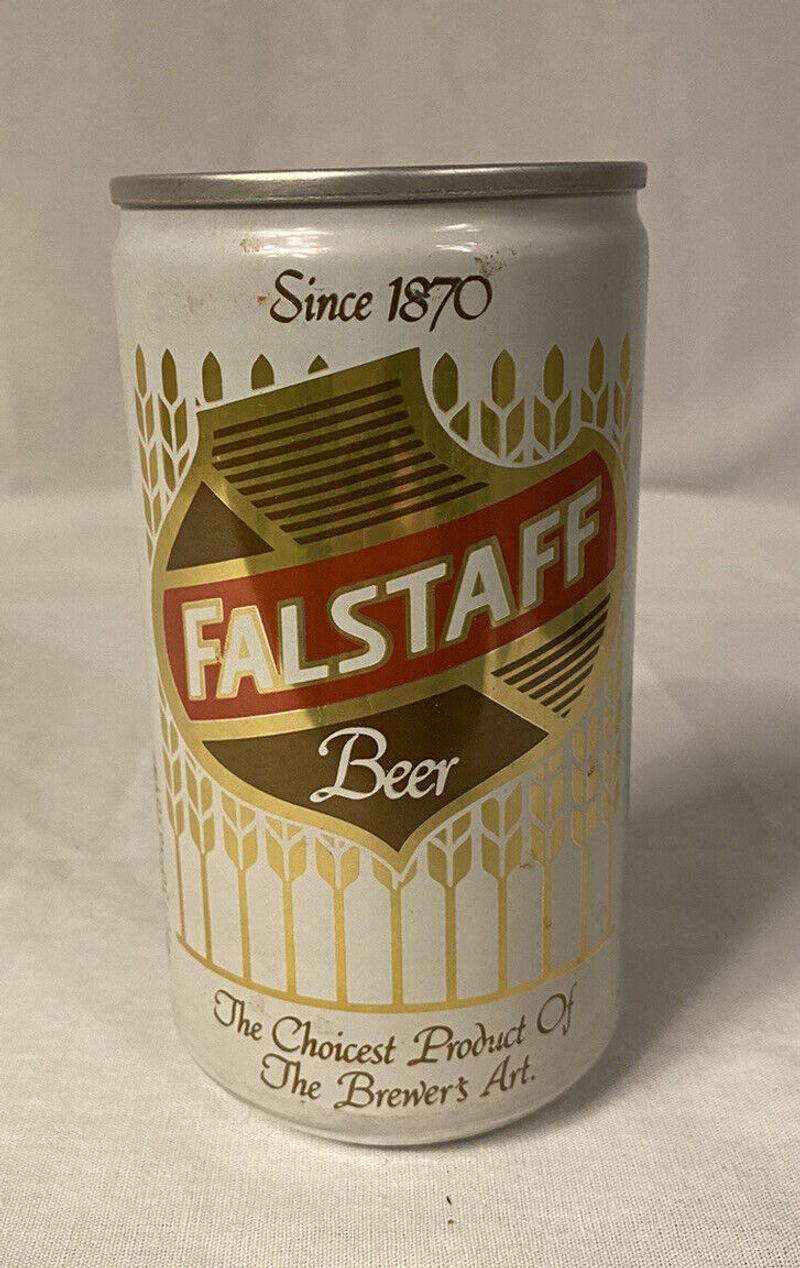
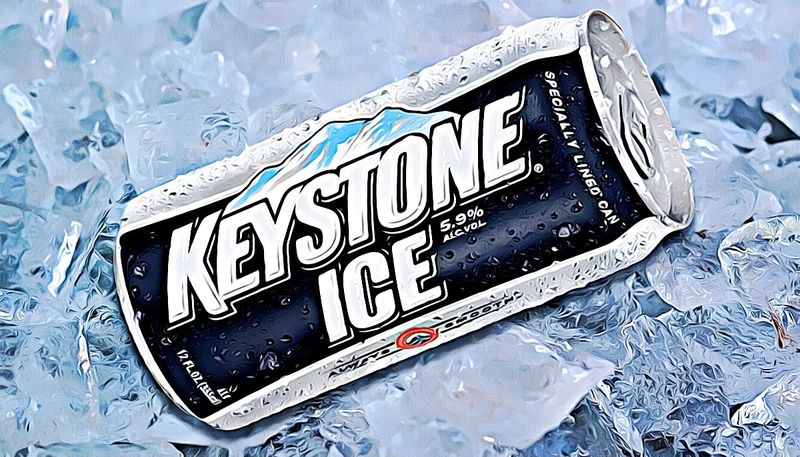
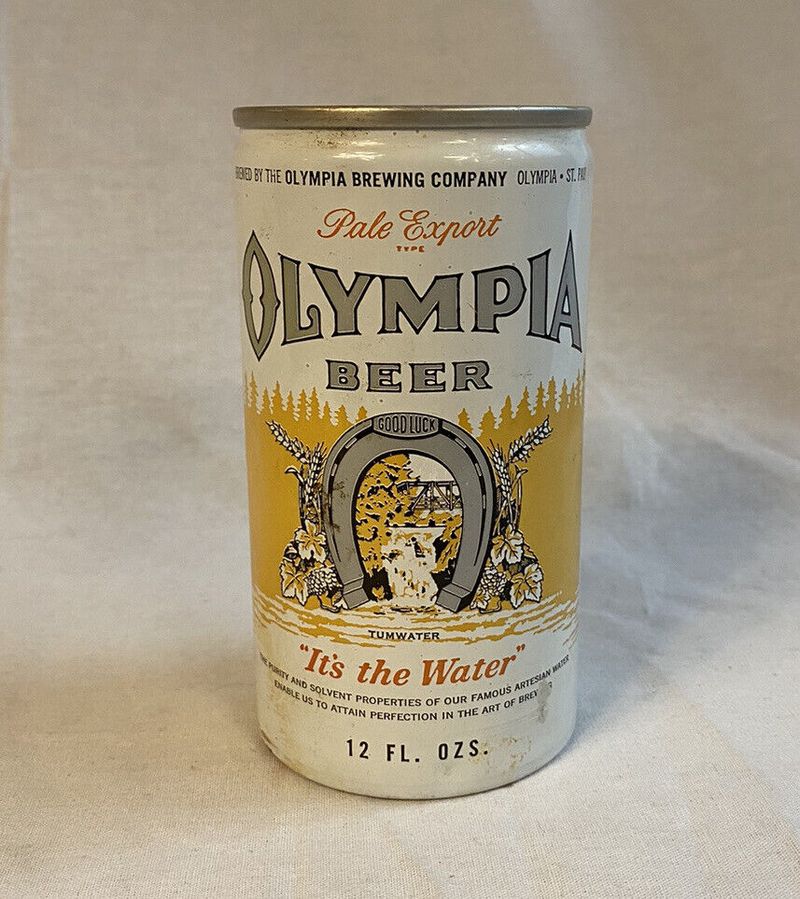
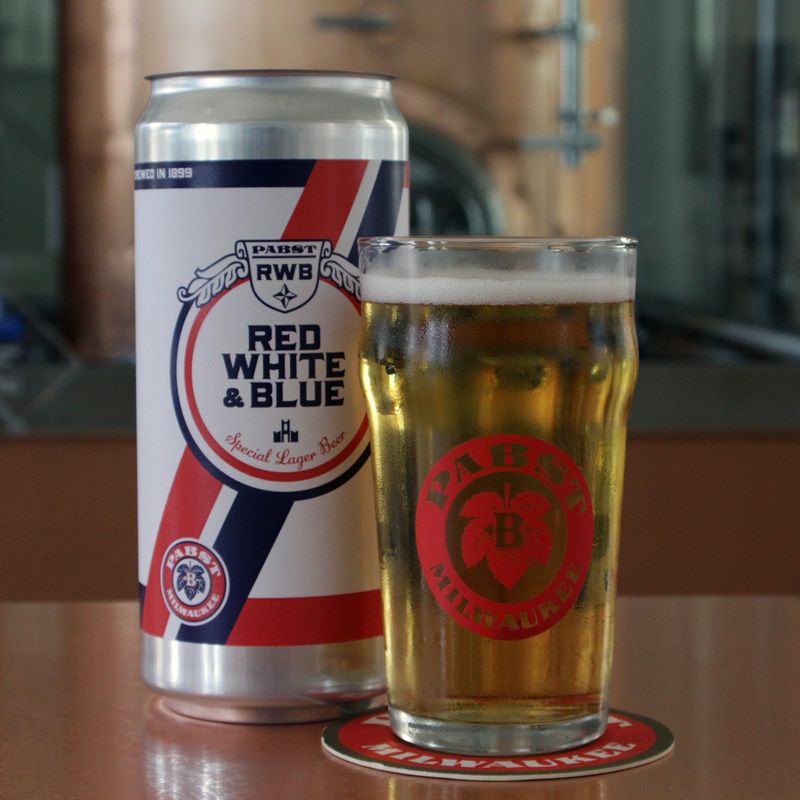
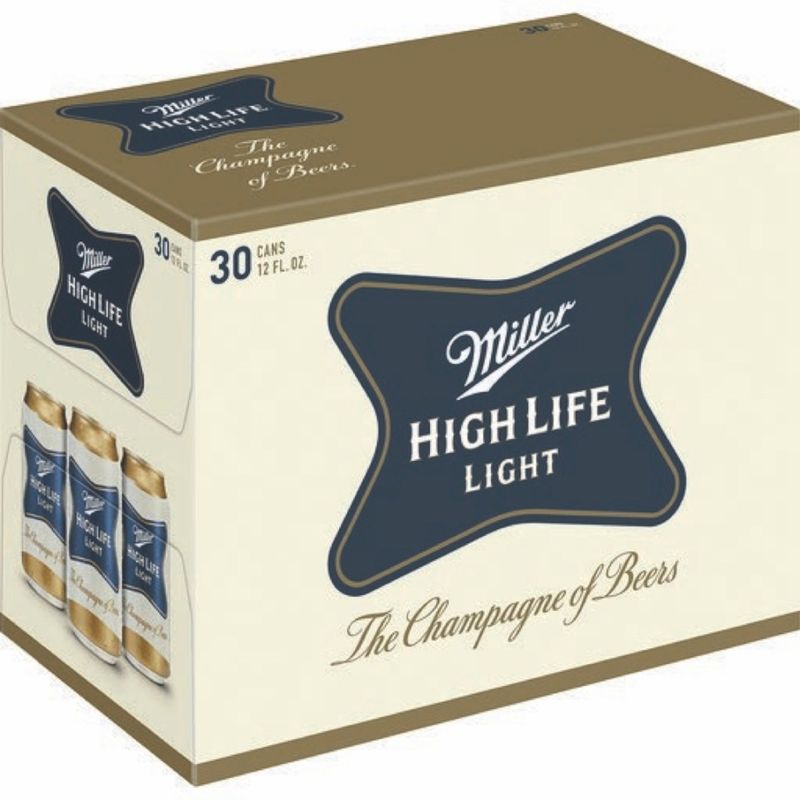


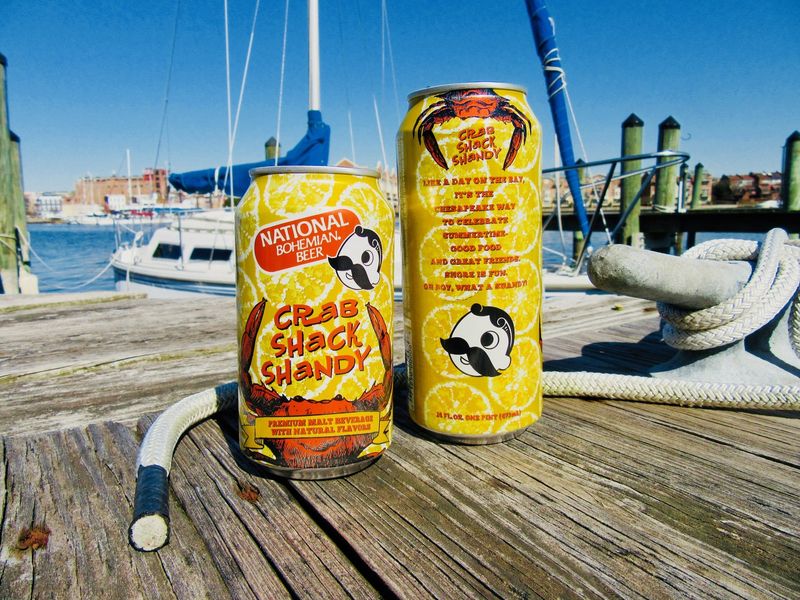
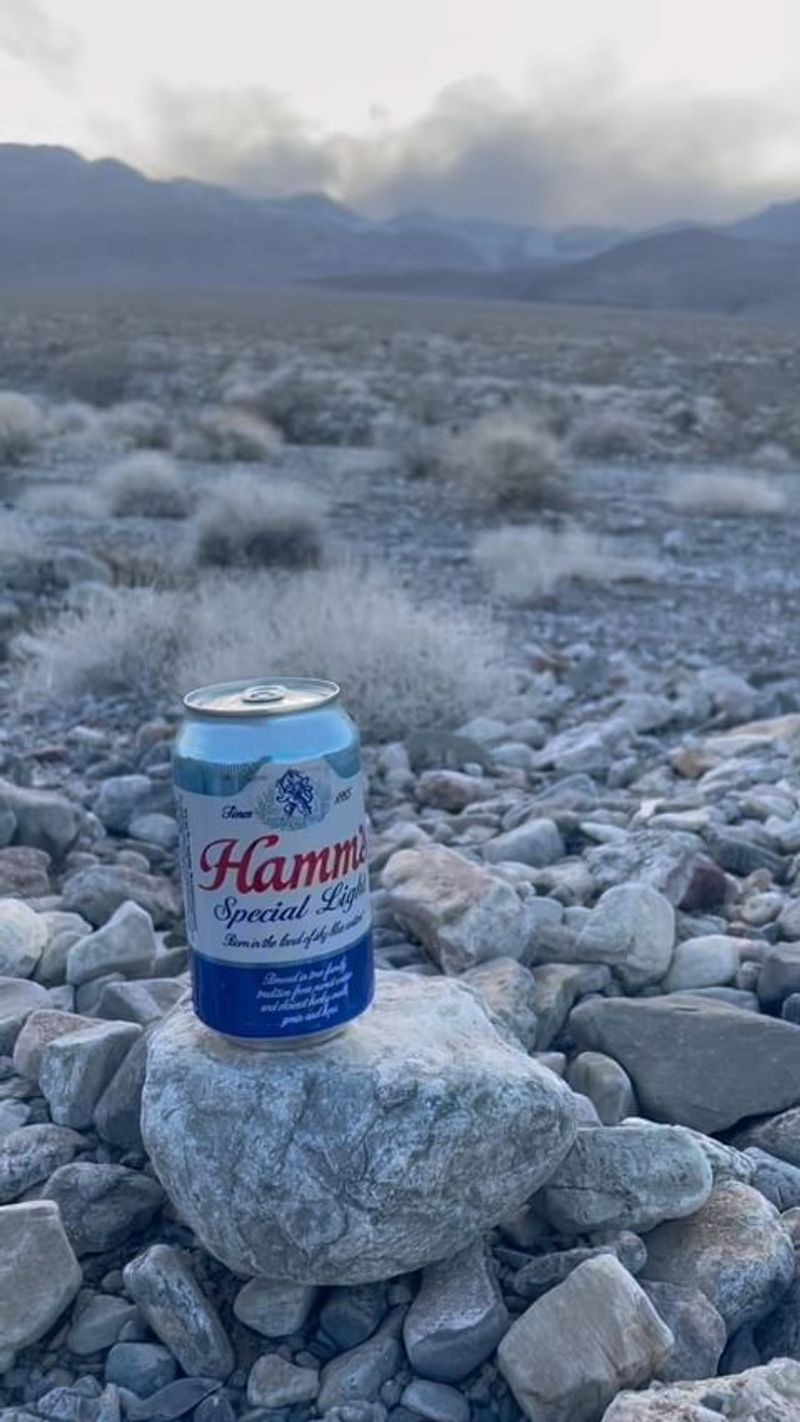
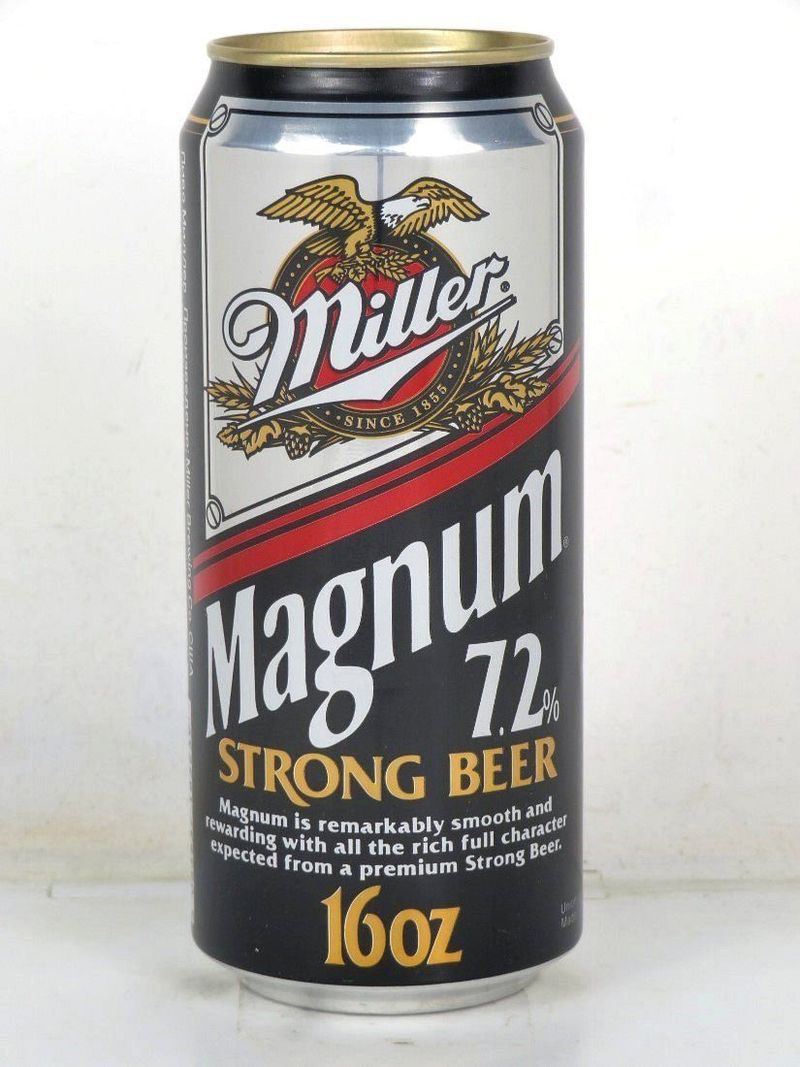
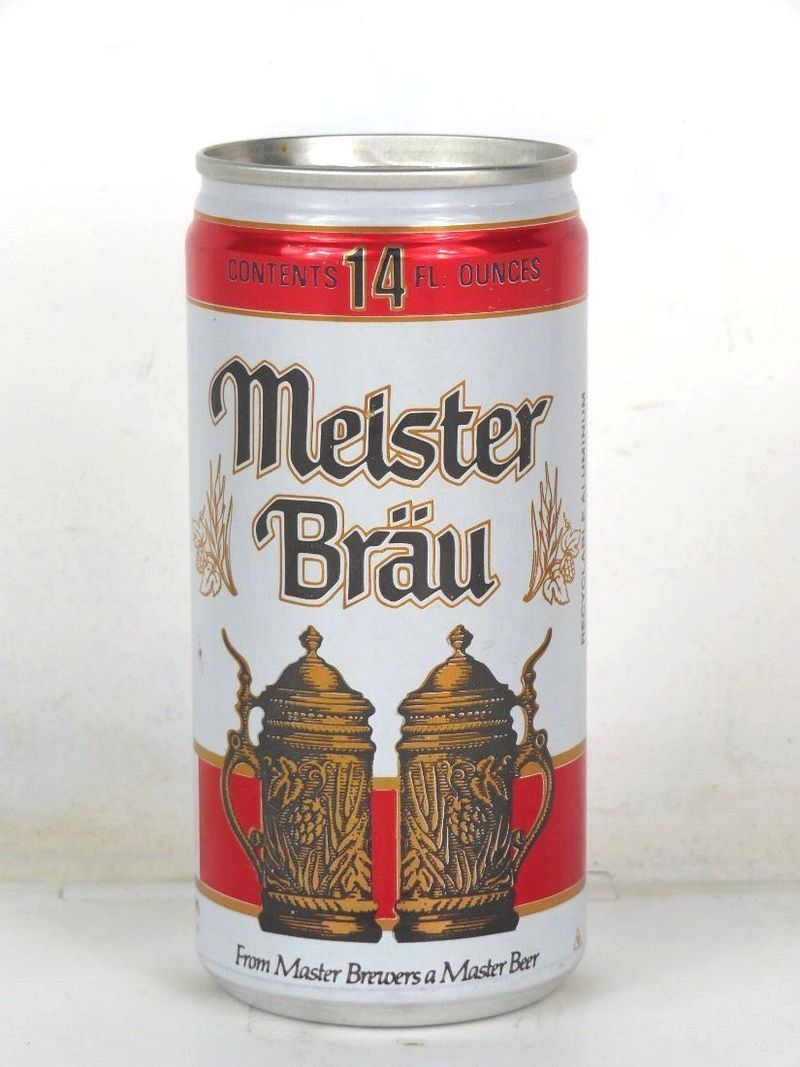
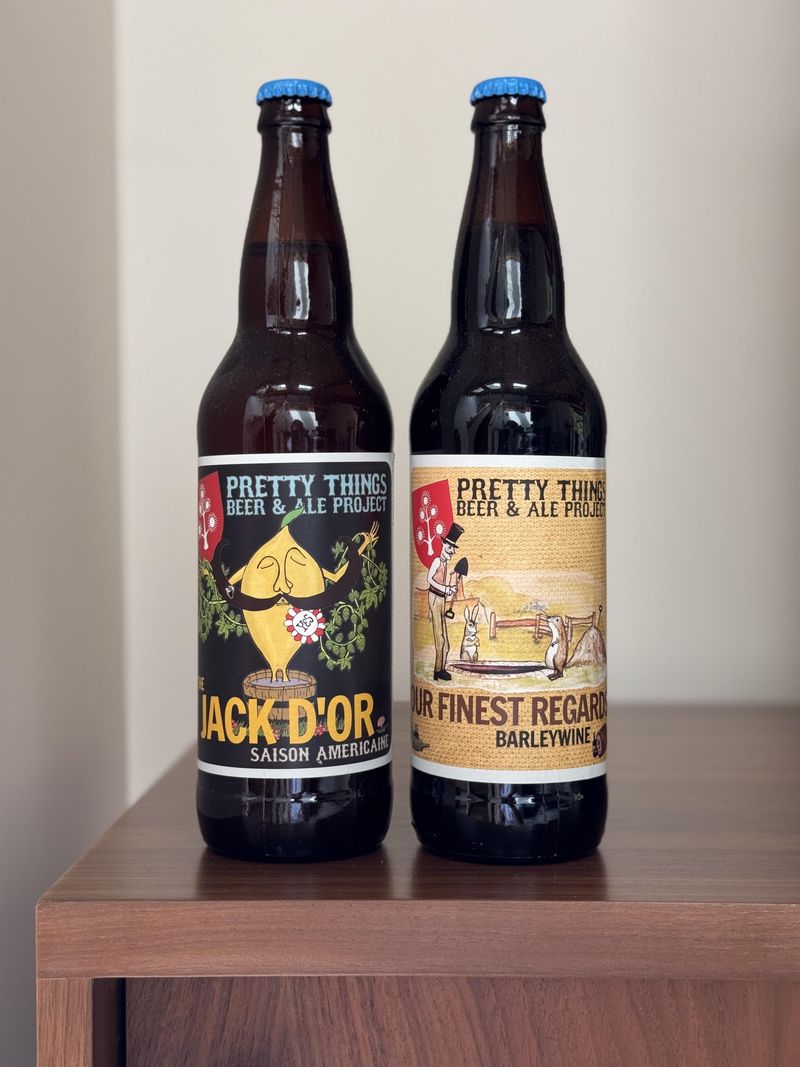

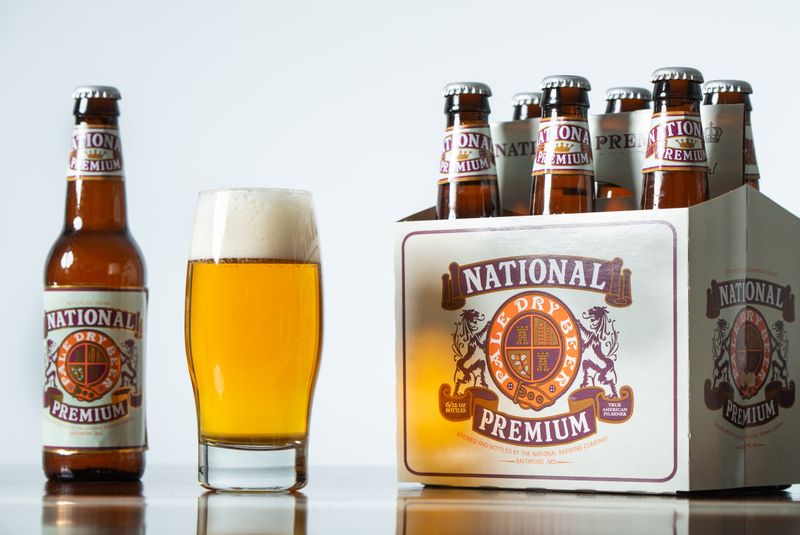
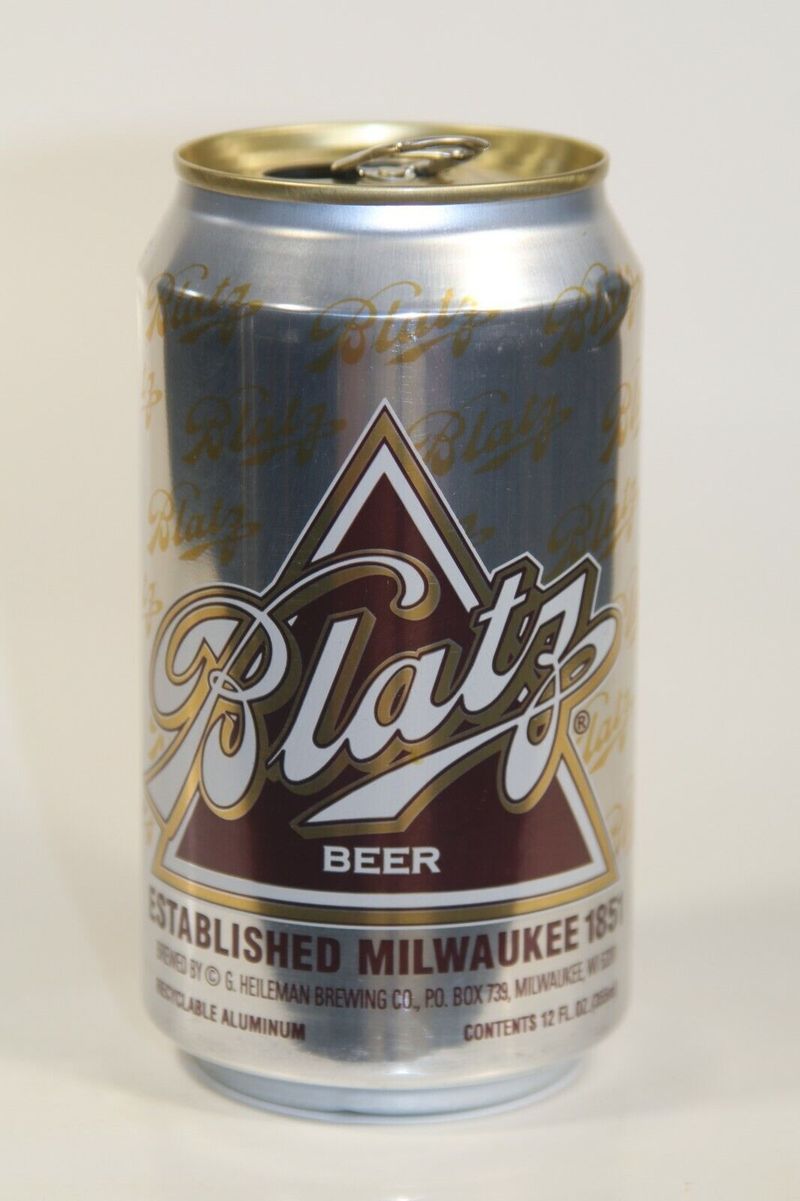
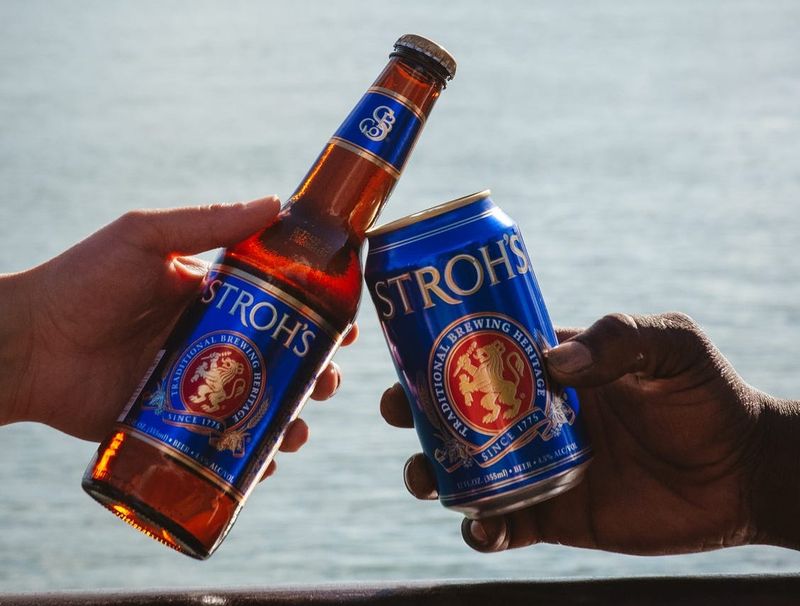
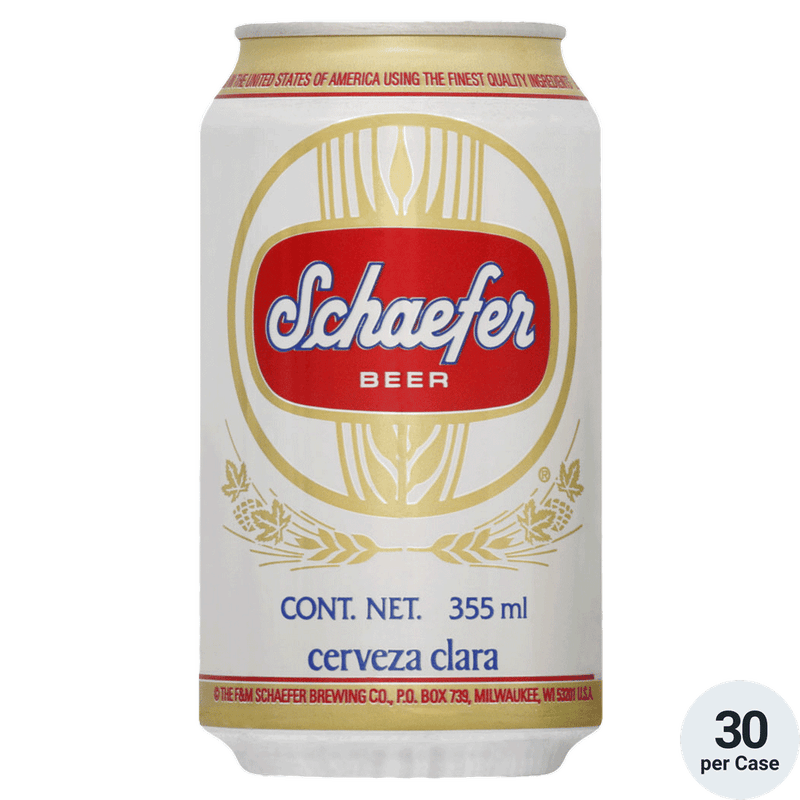
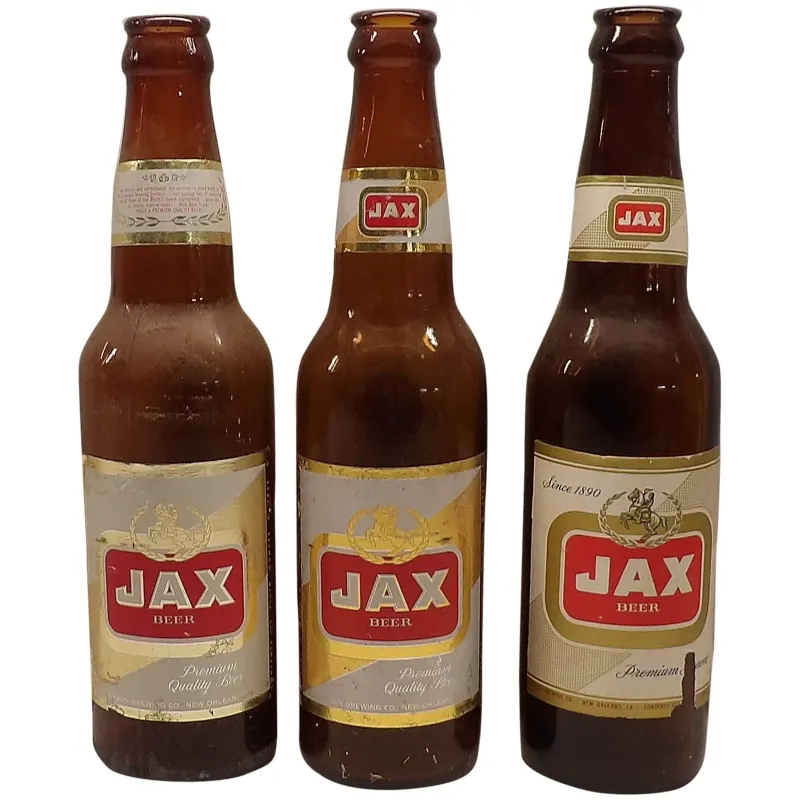
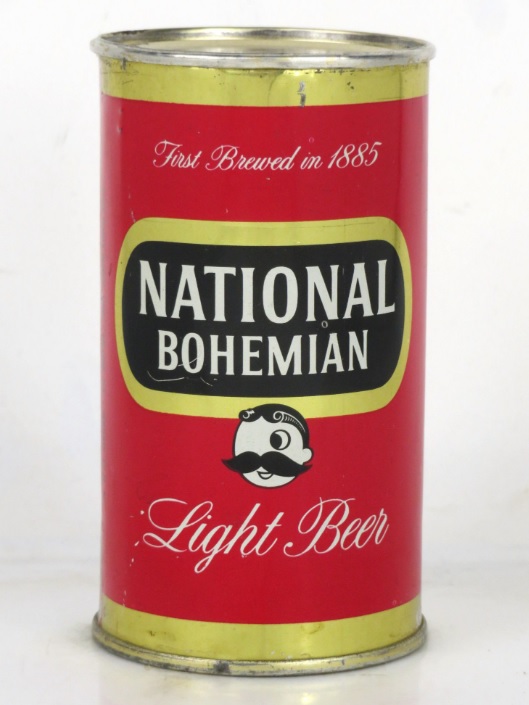
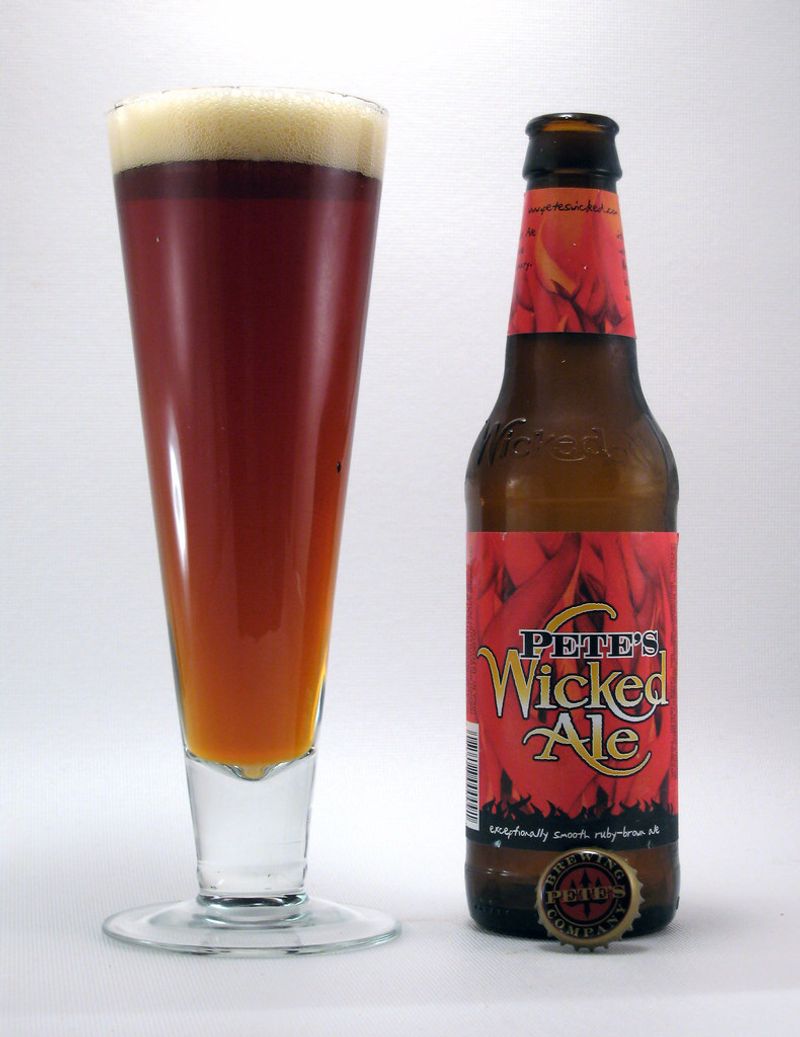
Leave a comment